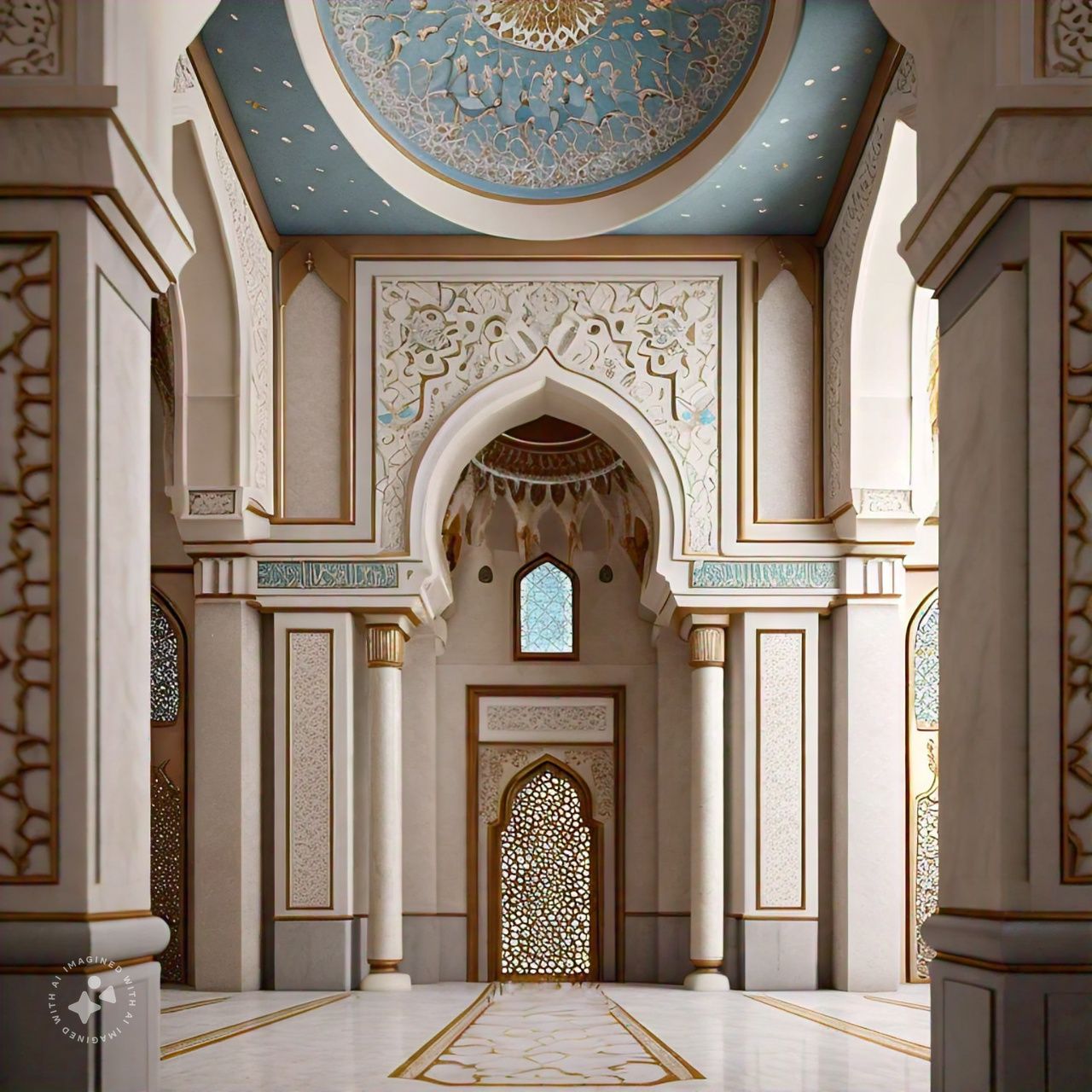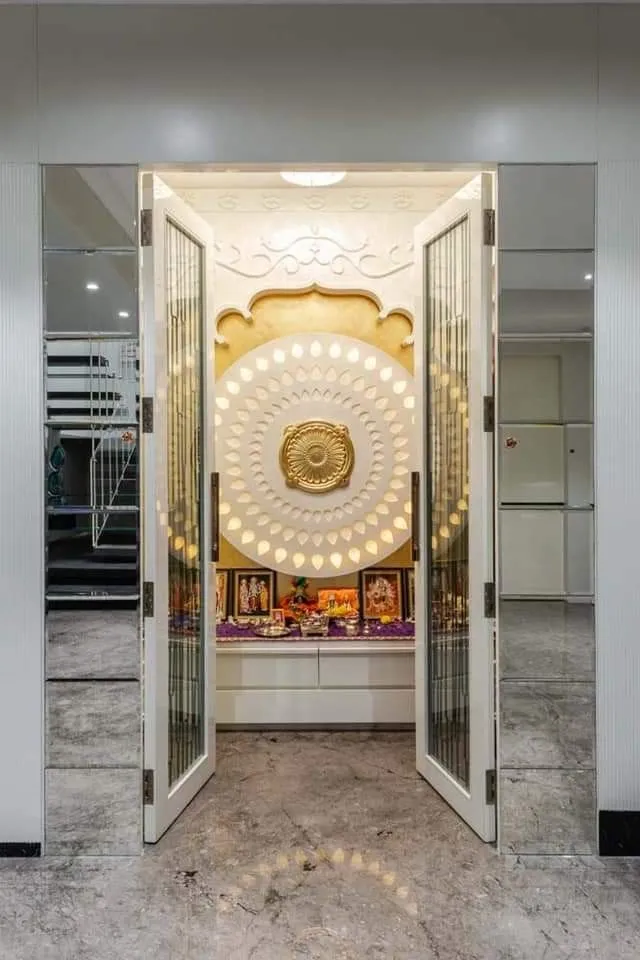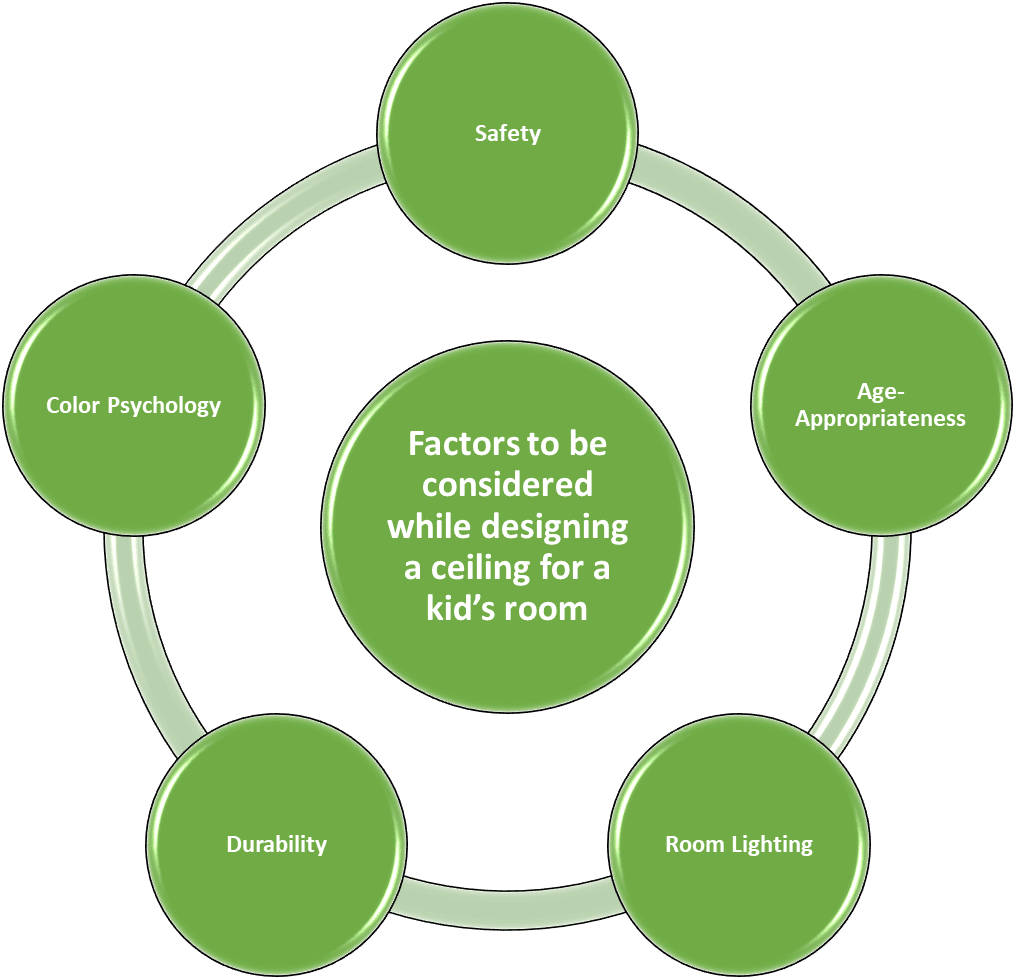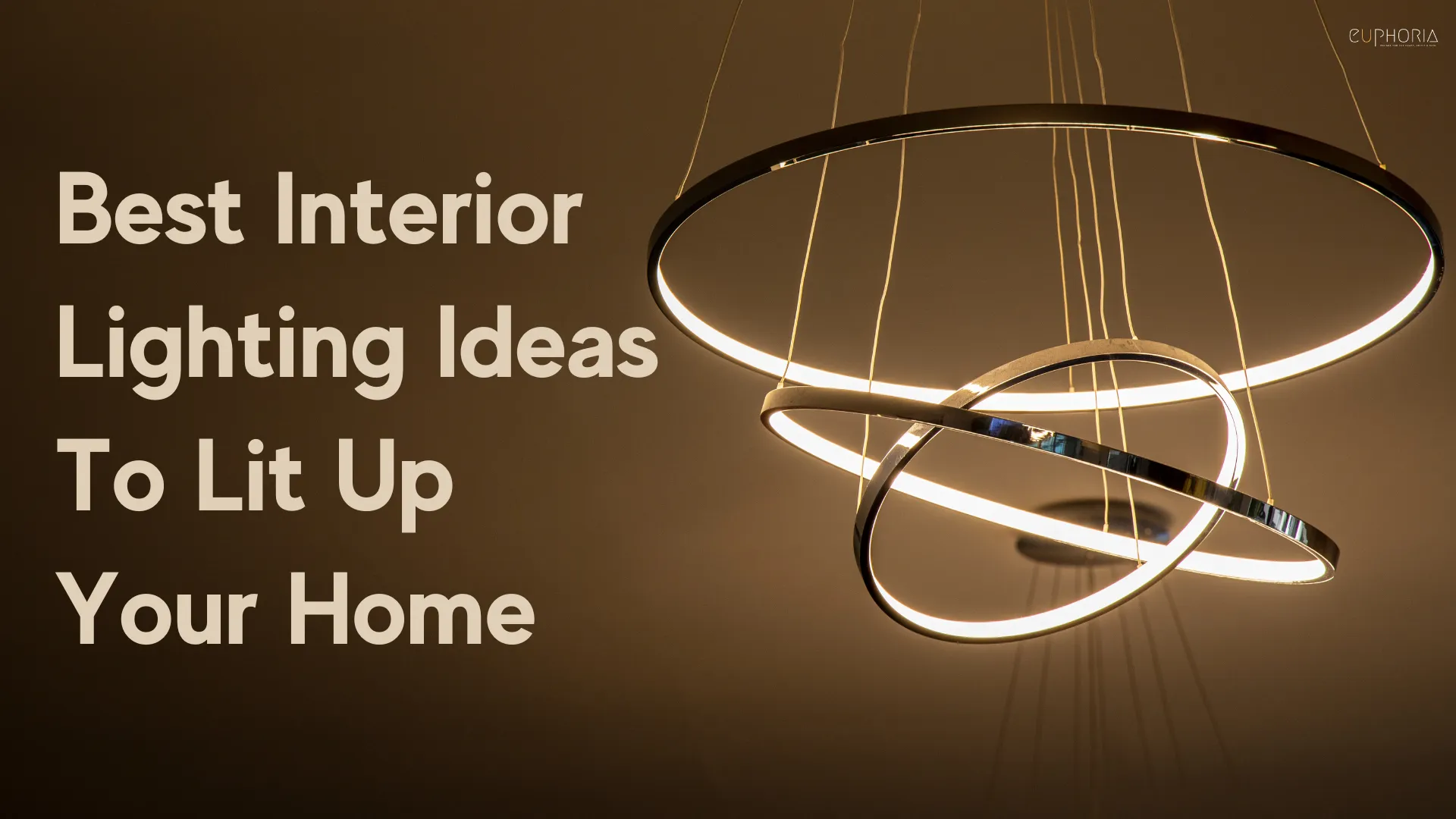Whether you live in a compact apartment, are looking to enhance your current Musalla, or want to create a functional and spiritually uplifting prayer corner, the challenges can be real. As we approach 2025, the need for dedicated prayer spaces that are both functional and spiritually enriching is more relevant than ever.
Designing a Musalla that balances Islamic tradition with modern convenience doesn’t have to be difficult. In this blog, we explore five innovative and practical Musalla design ideas that cater to various living situations—whether you’re a renter, homeowner, or designing a public prayer space. Let these inspirations help you transform any corner into a serene sanctuary. As one of the leading interior design firms in Dubai, Euphoria Interiors ensures each prayer space reflects spiritual tranquility and elegant design.
Top 5 Musalla Design Ideas for 2025
1. Multi-Functional Compact Prayer Corners
In small spaces, smart design is essential. A multi-functional, compact Musalla allows you to create a dedicated area for worship without sacrificing valuable space. Incorporate foldable or convertible furniture, such as ottomans with hidden storage or wall-mounted desks that fold down into prayer surfaces.
Pro Tip: Use vertical space with wall-mounted shelves to store Qurans, tasbeeh beads, and prayer rugs. IKEA-style modular setups work beautifully in small apartments or office settings.
2. Minimalist Aesthetic with Islamic Patterns
Minimalist design doesn’t mean a lack of personality. Embrace simplicity while integrating subtle Islamic elements like geometric patterns, Arabic calligraphy, or elegant decals on neutral-toned walls.
Choose a calming palette—beige, soft gray, or white—with gold or brass accents to create a peaceful and visually balanced space. A minimalist Musalla enhances focus by removing distractions and allowing the mind to center on prayer.
3. Smart Storage Solutions for Prayer Essentials
Disorganization can disrupt your spiritual connection. Create a clean and organized Musalla by implementing smart storage:
-
Sliding drawers beneath a built-in bench
-
Decorative baskets labeled for prayer rugs, books, and beads
-
Hidden compartments within ottomans or built-in wall niches
Example: A custom cabinet with individual sections for Qurans, oils, and prayer mats keeps your space tidy and spiritually inviting.
4. Enhancing Ambiance with Lighting and Scent
The right lighting and scent can elevate your prayer experience. Use soft, dimmable LED lights to create a warm ambiance, or lantern-style fixtures to bring a traditional vibe.
Pair lighting with scent by adding:
-
Oud or bakhoor burners
-
Essential oil diffusers with calming aromas like lavender or sandalwood
Fragrance helps condition your mind for reflection while lighting draws focus to your prayer area.
5. Sustainable and Halal Design Materials
Creating a spiritually aligned Musalla also involves using ethical and eco-conscious materials. Choose halal-certified and sustainable options like:
-
Natural bamboo flooring
-
Organic cotton prayer rugs
-
Eco-friendly paints and finishes
These materials not only support the environment but also promote physical and spiritual cleanliness in your prayer space.
Key Considerations for Building or Upgrading a Musalla
1. Cultural Sensitivity and Personalization
Personalizing your Musalla within the boundaries of Islamic principles allows you to create a sacred space that reflects your identity. Incorporate elements from your culture through textiles, wall art, or handcrafted decor items while maintaining spiritual integrity.
2. Accessibility for All Family Members
Design with inclusivity in mind. Ensure the Musalla is accessible for:
-
Elderly family members (use low-seating or cushioned flooring)
-
Children (add a prayer rug their size)
-
People with disabilities (ensure flat surfaces and wide entryways)
3. Incorporating Technology Thoughtfully
Technology can support your worship when used intentionally:
-
Smart speakers for Quran recitation
-
Digital clocks for prayer times
-
Mobile apps for Qibla direction and dua reminders
Be cautious not to let tech become a distraction—keep screens and notifications outside your Musalla space.
How to Set Up a Musalla in 5 Easy Steps
-
Choose the Location: Find a quiet, low-traffic corner or room
-
Clean the Space: Ensure it’s physically and spiritually clean
-
Set the Foundation: Lay down a prayer rug or soft mat
-
Add Essentials: Place a Quran, tasbeeh, and storage options
-
Create Ambience: Use lighting and scent to enrich the environment
Conclusion
Designing a Musalla that meets both modern needs and Islamic values is entirely possible. By addressing common design challenges and incorporating creative solutions, you can build a space that promotes peace, focus, and spiritual alignment.
Whether you’re building a Musalla in a small apartment or a spacious villa, use these ideas to make your prayer space more meaningful. Need expert help? Contact Euphoria Interiors to create a custom-designed Musalla tailored to your space and lifestyle.
FAQs
How can I design a Musalla on a tight budget?
Use affordable materials like neutral rugs, repurposed shelving, and soft lighting. Keep the design minimal and clutter-free.
What are must-have items for a prayer room?
Prayer rug, Quran, tasbeeh beads, clean flooring, and storage space for essentials.
Can a Musalla be multi-purpose without losing its sanctity?
Yes, just maintain a peaceful and clean environment and keep prayer items easily accessible.
How can I make my Musalla more comfortable?
Add soft cushions, dimmable lighting, natural scents, and use breathable flooring materials like bamboo or cotton.
Is it okay to use technology in a Musalla?
Yes, as long as it supports your worship and doesn’t distract—like smart Quran apps or call-to-prayer reminders.




